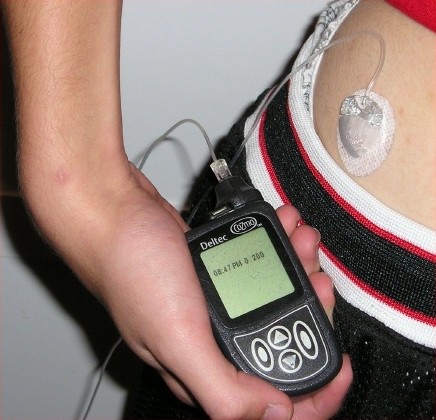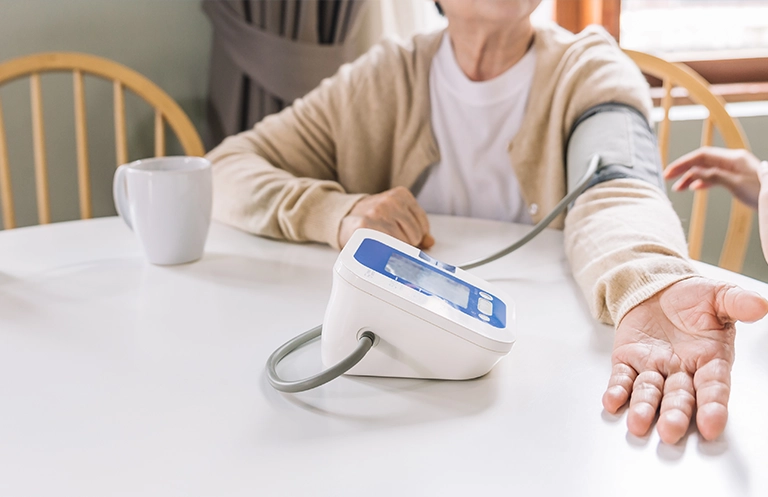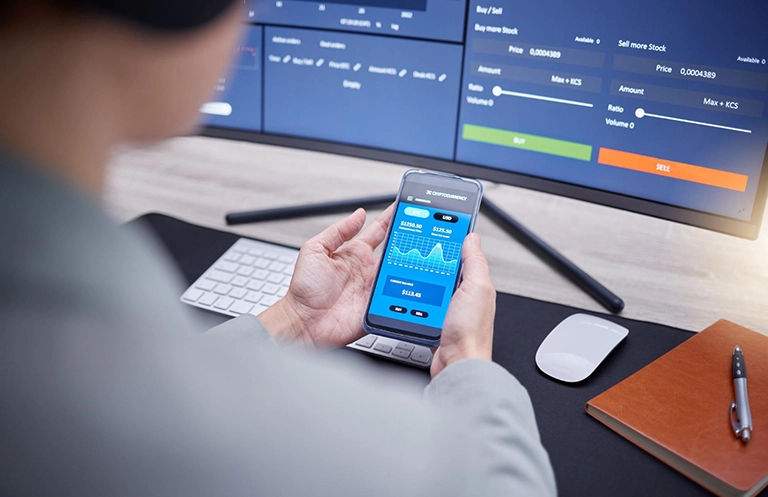 Infusion devices have been in the market for a long time, encompassing a variety of conditions. They have evolved from simple syringes to timed liquid infusion systems to personal infusion devices.
Infusion devices have been in the market for a long time, encompassing a variety of conditions. They have evolved from simple syringes to timed liquid infusion systems to personal infusion devices.
The primary focus for all infusion pump devices has always been towards enabling better control and view for Physicians and Nurses. This has technically left out a large segment of users who fall under the home care category.
Since most devices aim to fulfill the needs of a physician or a nurse, there is a dearth of simpler alternatives. Even those who have bought infusion devices have very limited operation knowledge and most of the support provided by the makers, aid in device operation and not much else.
Infusion devices in the market have been popular mostly due to their utility in bedside care. In the future, home care and self-help devices will determine the growth of such devices in the market. In order to accommodate these segments, it’s important to make sure that infusion devices are simpler to operate and easier to.
Over the years working with infusion devices and customers, we found out that infusion devices can be realistically accommodated for personal care by
1) Providing simple-to-use devices and Instruction support
Simplicity is a virtue that not many of us understand but find it extremely difficult to implement. The simpler the interfaces, readouts and usage instruction, the easier it is to be adopted by users and higher is the possibility of device retention for future use.
2) Audio instruction support for easier access
Audio instruction support of infusion devices not only makes it easier for patients to use it but also makes sure that they get it correct right from the first go. Audio instruction-based devices go well with people having visual difficulties.
3) Better Visual Feedback based systems
Correct visual feedback is important when using infusion devices for home or personal use. A simple display of numbers is not sufficient enough for letting non-techie users to know that the device is ready for infusion or the infusion has started or completed. A good visual feedback system needs to take into account the usage area of the device on the body to ensure optimum view.
4) Cartridge compatibility issues with current systems
Most of the current cartridge-based systems need to be checked for compatibility manually in order to make sure that they work effectively with the device being bought. With RFID and wireless technology protocols, it is very much possible to eliminate this and check for easier compatibility without manual intervention
These are just a few areas of improvement for making these devices more suitable for home care and personal use segment. Do reach out to us for questions on how we can improve on your existing infusion devices. Do leave a comment if you have an alternate implementation approach for a smarter and easier application of infusion devices.
eInfochips has been providing end-to-end expertise in building such medical devices and has been a part of some of the smarter infusion pumps available in the market today.













